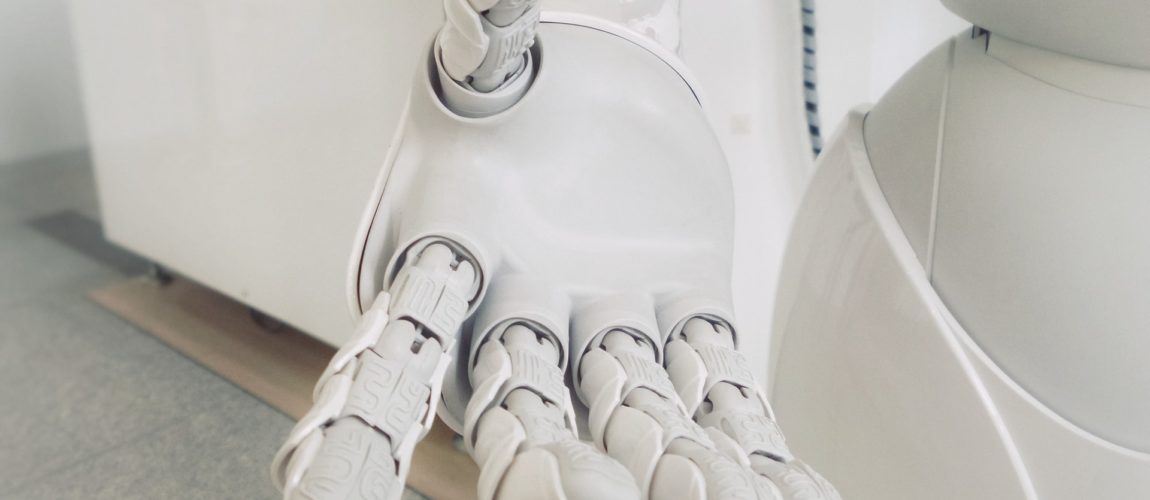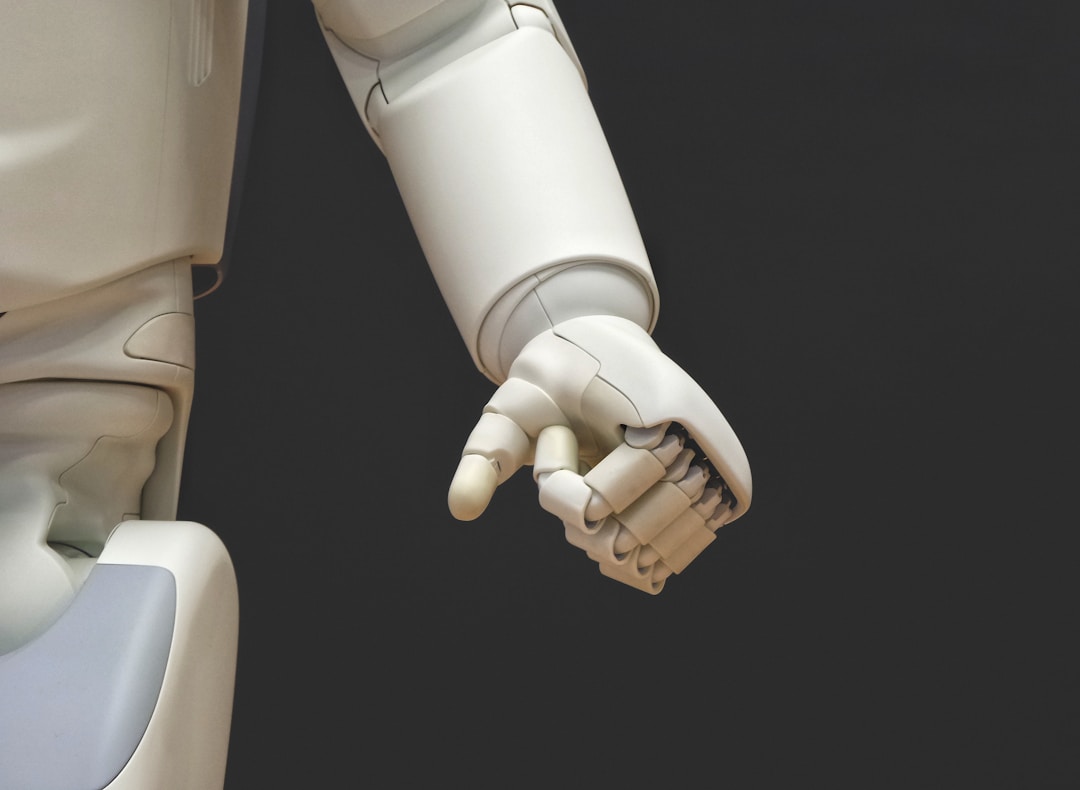
Robotic surgery may sound like a dystopian idea from a 1950’s Science Fiction movie, but it’s actually a much more convenient and ever-developing form of modern medicine. It can be argued that the term is a little misleading too, as very little of the surgery is automated and none of it is performed by robotic devices acting alone.
Instead, surgeons are using robotic systems to aid them in the operating room. Though not mainstream, robotic technology is currently being trialed with the intent to have more robotic surgery assisting all doctors and nurses in the near future.
The Robot Surgeon

Once more, it’s important to remember that robotic surgery is somewhat of a misnomer––robot-assisted surgery would be a more accurate description of this futuristic approach to more intricate surgical procedures. To that end, surgical robots are more akin to surgical instruments in the operating room. In a similar fashion that a scalpel is used by surgeons to make incisions, robotic arms as operated by traditional surgery staff can make more precise movements, and thus; smaller incisions.
Essentially, this is how robotic surgery works more the most part in the operating room. Even the most skilled of surgeons can only reach a certain level of precision in regards to invasive surgery. With robotic surgery, surgical teams are afforded an even greater precision, meaning that what was once small cuts are now tiny incisions. As a result, there is less scarring around the area that was operated on, risk factors are much more mitigated and there is much less pain for the patient overall.
The Potentially Changing Face of Surgery
Using robot surgeons in place of more invasive surgery has wider implications for the healthcare sector of the United States. Particularly in light of the covid-19 outbreak, which has seen hospitals under strain from having so many patients, and beds becoming scarce, healthcare management is preparing for a backlog of surgeries and procedures that could overwhelm the medical centers.
With the use of robotic assistance, surgeons have greater accuracy in invasive surgery. Smaller incisions lead to faster recovery, and so a much shorter hospital stay by patients. By freeing up beds sooner, the hospital staff is able to care for more people overall and the medical profession can even go so far as to clear the surgery backlog sooner.
Just as the dissuading of healthcare professionals to engage in face-to-face appointments has in turn led to the growth of telemedicine and telehealth services, so too can new approaches to this novel problem lead to new methods of traditional surgery. Recent developments are under scrutiny from the profession, and eyes are on how effective robotic surgery can be.
Trialling Robotic Procedures

To date, there are a number of hospitals in the United States that are currently trialling the use of robotic surgical systems. Chief amongst them is Richmond University Medical Center, which is currently working with Da Vinci Robot systems and currently have 80% of their surgical staff trained in the use of robotics. Furthermore, robotic surgeon assistance has already seen use internationally, and has been used in certain United Kingdom hospitals for some time––and to great success.
Of course, the main reduction of risk factors in surgery is to avoid the necessity of it altogether. Using robots in the Emergency Room is not currently practical, due to the speed at which healthcare needs to be administered. The causality effect of human behavior (such as how wearing helmets and driving under the influence are major factors in motorcycle fatalities) is what will offset surgical care and reduce the need for invasive procedures altogether.